Navigating The Landscape of Modern Classroom Technology
Once upon a time in an analogue era, classrooms were merely decorated with chalkboards, wooden desks, dusty textbooks, and the occasional overhead projector. Now, the classroom décor - both physically and virtually - is dominated by the celebration of technology, transforming the landscape of education. But, what exactly are some examples of modern classroom technology? Let's hop aboard the train of technological enlightenment, my friends, and together trail-blaze through this evolutionary journey of education.
Interactive Whiteboards and Smartboards
Let's start with a bang. We can't ignore the Interactive Whiteboard and Smartboards; they have essentially become synonymous with modern classrooms. These highfalutin tools have built upon the classical chalkboard and leapt straight into the 21st century, providing an avenue for educators to incorporate touch detection for user interaction. This is a real game-changer; I can barely remember when Eliza and I started teaching Layton about alphabets and numbers! We would have killed to have something like this to make understanding challenging concepts much easier. Rest assured, these boards bring a prolific dynamicity to lessons that were once static and one dimensional.
Virtual and Augmented Reality
The terms 'Virtual Reality (VR)' and 'Augmented Reality (AR)' often paint images of complex video games or sci-fi style scenarios, but they are so much more than that. Their role in education has become profoundly influential, transforming learning into an immersive experience.
VR transports students into a completely different dimension. Remember that prehistoric field trip where you could only gawk at a dinosaur fossil through a glass wall? With VR, you can walk besides a Tyrannosaurus rex, without the fear of becoming its lunch. AR on the other hand, supplements and enhances the physical world by overlaying digital information onto it. Yes, think Pokémon Go! but with educational reinforcements. Our household pet, Rusty, usually serves as an AR guinea pig for Layton’s educational apps, turning our living room into a quite amusing educational jungle.
Laptops and Tablets
Hold on to your hat because next up, we're talking about the fusion of traditional textbooks with the digital age: laptops and tablets. These magnificent devices have swiftly made their way from our offices and homes to the classroom. Not only have they revolutionized the way students receive and process information, but they have also introduced a myriad of new possibilities for how we deliver lessons. Homework, assignments, lectures, quizzes, and a plethora of study resources are all a mere click away, raising the efficacy of learning by leaps and bounds. And the best part? No more lugging heavy backpacks home! Boy, my back still aches if I think about those dreadfully weighty school bags from my youth.
Learning Management Systems
Dive into the orderly world of Learning Management Systems (LMS). An LMS is a digital interpretation of the teacher's desk where all the learning magic relentlessly brews. It is a platform allowing teachers to develop, deliver, and track educational courses and training programs. It's like a multifaceted control panel for academics, extending support to teachers, students, and parents alike. And believe me, as a parent, it's a real lifesaver. We can now keep an eye on Layton's academic progress in real-time without waiting for that much-dreaded parent-teacher meeting. Breathe easy, folks!
Artificial Intelligence
Last, but by no means least, Artificial Intelligence (AI). This sprightly prodigy is the science fiction of yesteryears morphing into today's reality. AI has been delivering personalised learning experiences tailored to the learner's needs, preferences, and performance. AI-powered technology can evaluate assignments, support in identifying struggling students, and exponentially reduce the administrative workload of teachers. And guess what? It has a knack for eliminating human errors too. It seems Skynet is closer than we anticipated, minus the Hollywood villainy.
So, there you have it, travelers in time. We have barely scratched the surface of what modern classroom technology entails. The possibilities are as diverse and expansive as the technology itself. And even as we speak, technology is constantly evolving, expanding the playing field of education. Who knows? Maybe in the next few years, holographic professors teaching from the surface of Mars won't just be the stuff of dreams. But until then, hold tight and enjoy the Tech Express!






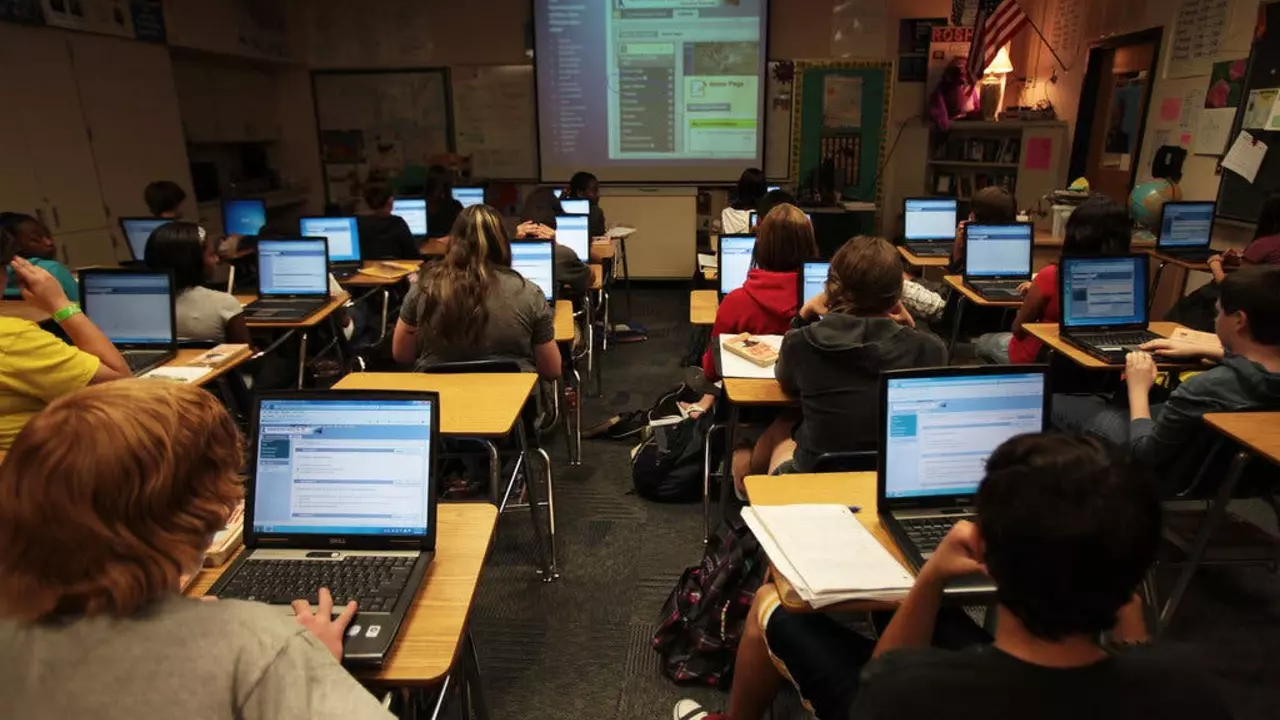


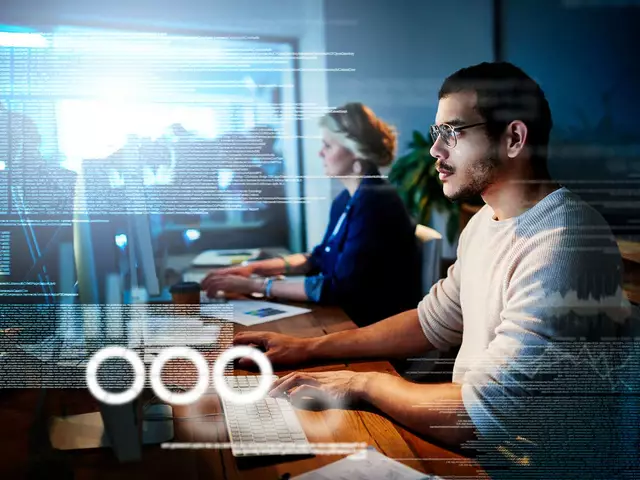
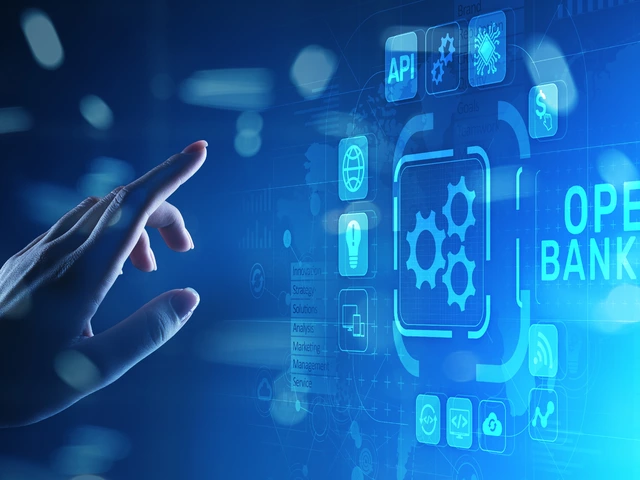
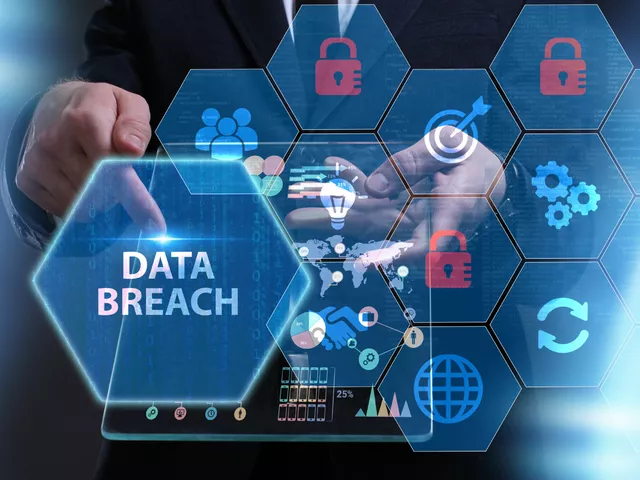
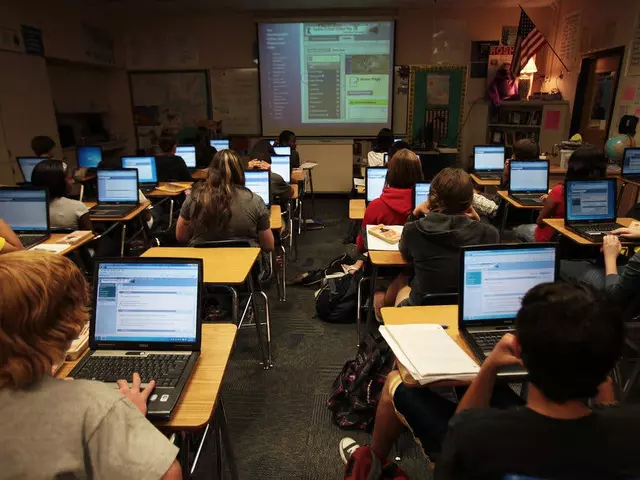
Write a comment